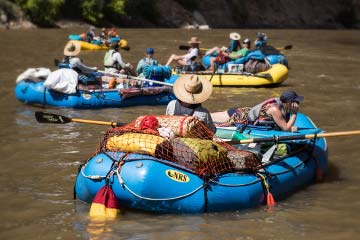The Three Golden Rules of Kayaking
Due to your cookie choices, we cannot show you this content. Adjust your settings?
In this first episode of our Kayaking Fundamentals series, expert instructor Ken Whiting shows you the golden rules of paddling — three key concepts that apply to every kind of kayaking.
Learn how to use a cooperative division of the body for key kayak strokes and for kayak rolling; how to maintain a power position to improve paddling strength and help prevent shoulder injuries. Also how to achieve torso rotation in order to get your core upper body muscles involved in each stroke instead of just your arms.
Mastering these techniques will give you a strong foundation for learning how to roll your kayak and execute advanced paddle strokes.
A cooperative division of your body means learning that while your upper body performs one task, your lower body is accomplishing a totally different, but complimentary one. So, there’s a distinct separation of your body and its motions, at the hips. You see this plainly when rolling a kayak. As your upper body and arms are supplying support and leverage for the roll, your lower body is executing the all-important hip snap.
Maintaining your power position simply means keeping your hands in front of your body and not letting a hand get behind your shoulder, something that can lead to shoulder injury. Think of your arms, chest and paddle shaft forming a box, and that you want to maintain that box when taking any type of paddle stroke. That doesn’t mean you can’t reach back behind you for a stroke; you just have to rotate your whole upper body, so your hands stay in front of your chest.
Rotating your upper body is referred to as torso rotation. Not only does it keep your shoulders safe, it also lets you transmit the most power to your strokes. Torso rotation is how you get your core upper body muscles involved in your strokes, instead of just your arms. It gives your strokes a lot more power, keeps your shoulders safe and is much less tiring.
 NRS Gift Card: Always Fits, Always Wanted
NRS Gift Card: Always Fits, Always Wanted




